Flying Trains, Floating Blocks, and Failed Attempts
02. April 2019, NEXPO TeamIn many ways, Switzerland's National Exhibitions are a reflection of Swiss identity built over the last 136 years. These events, and so far there have been six, are characterised by technical showcases, monumental planning efforts and solidarity on a national scale. Here's a retrospective of the eventful history of the Swiss national exhibition:
1883: A Groundbreaking New Event
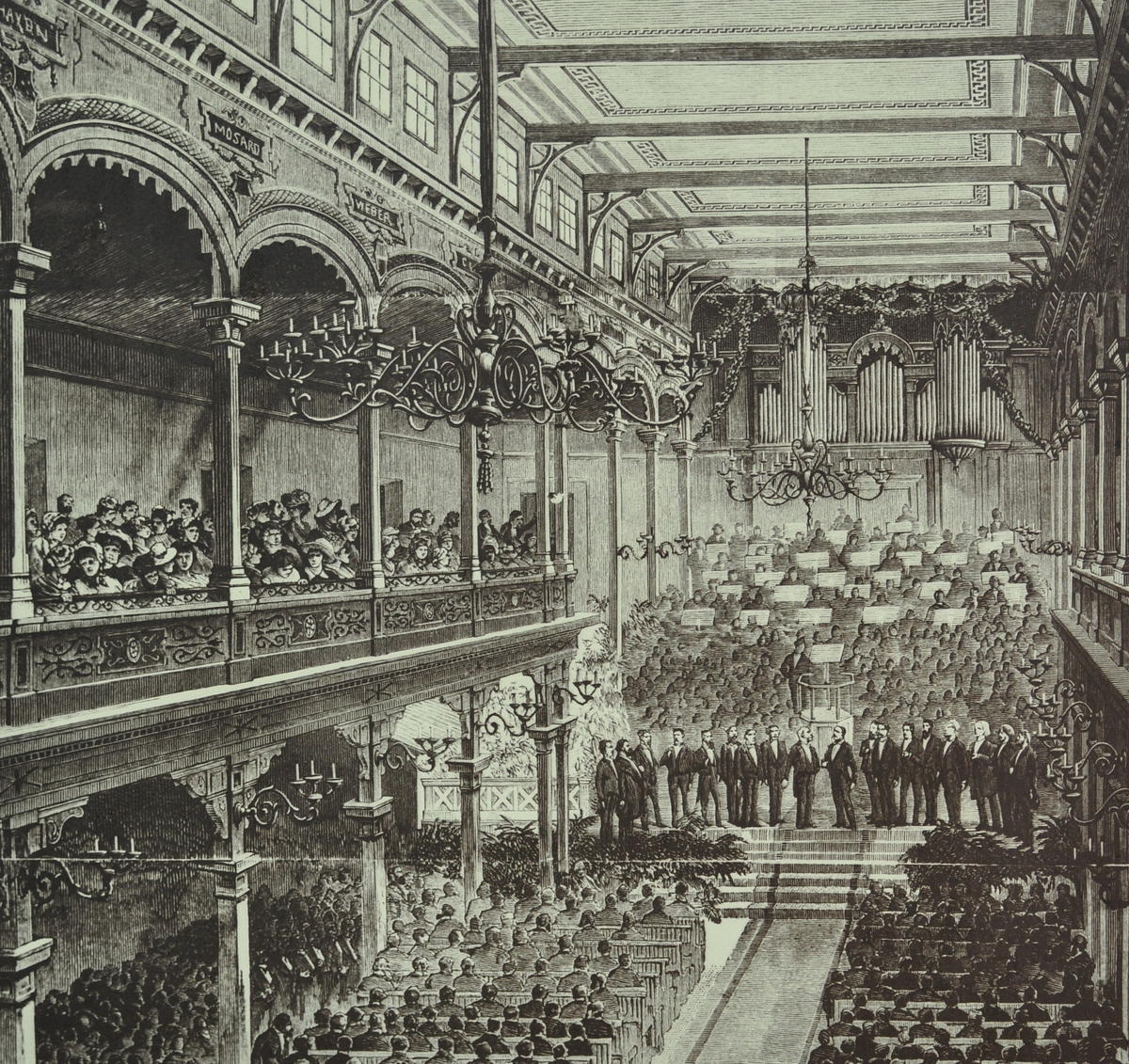
Photographed by the panels of the archaeological excavation Parkhaus Opéra in Zurich (Switzerland), Image accreditation Wikimedia Commons.
Various cantons held commerce and trade shows before 1883, but these events lacked the gravitas and scope of national exhibitions. It wasn't until May 1st, 1883, that the first official expo opened its gates at Platzspitz in Zurich. The unifying theme was industrialism, and much of the exhibition was devoted to the presentation of technical achievements. Coincidentally, the Gotthard railway had opened the previous year, which contributed to the communal feeling of progress.
"It wasn't until May 1st, 1883, that the first official expo opened its gates at Platzspitz in Zurich. The unifying theme was industrialism, and much of the exhibition was devoted to the presentation of technical achievements."
Stay updated
Subscribe to our newsletter1896: Expo, Entertainment and the Army
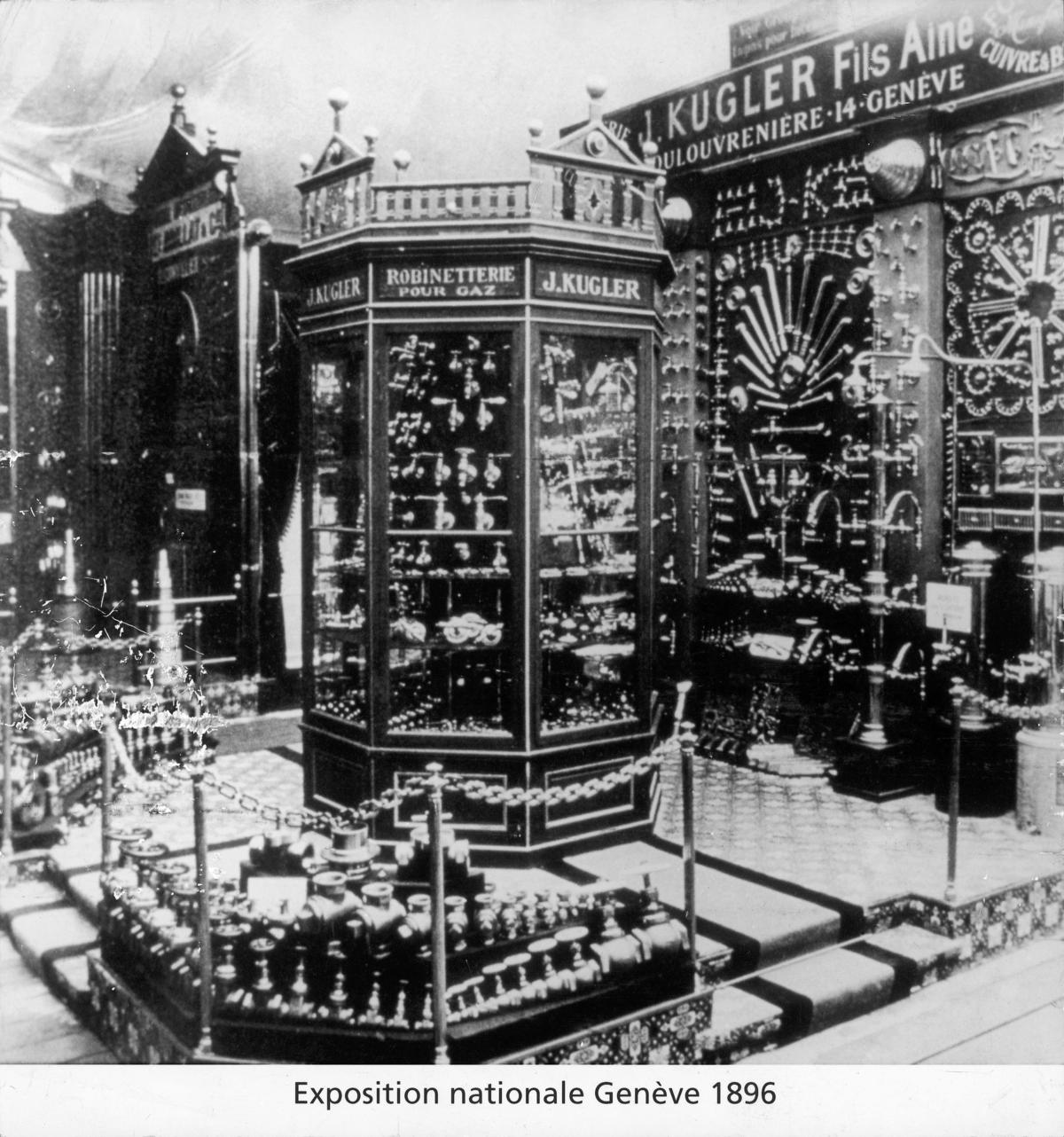
SimilorSchweiz, CC BY-SA 4.0
The Swiss Army's involvement added a new dimension to the 1896 Geneva Exhibition, which also placed a greater emphasis on public entertainment. Visitors were treated to a new attraction: an amusement park immediately adjacent to the official exhibition grounds. More than two million people attended the exhibition.
However, this number fell markedly short of the organiser’s expectations – inclement weather may have been partially to blame for the disappointing turnout. Those who stayed home missed, among many other things, the Village Suisse, a charming replica of a Swiss mountain village.
"More than two million people attended the exhibition. However, this number fell markedly short of the organiser’s expectations – inclement weather may have been partially to blame for the disappointing turnout."
1914: In Defiance of War
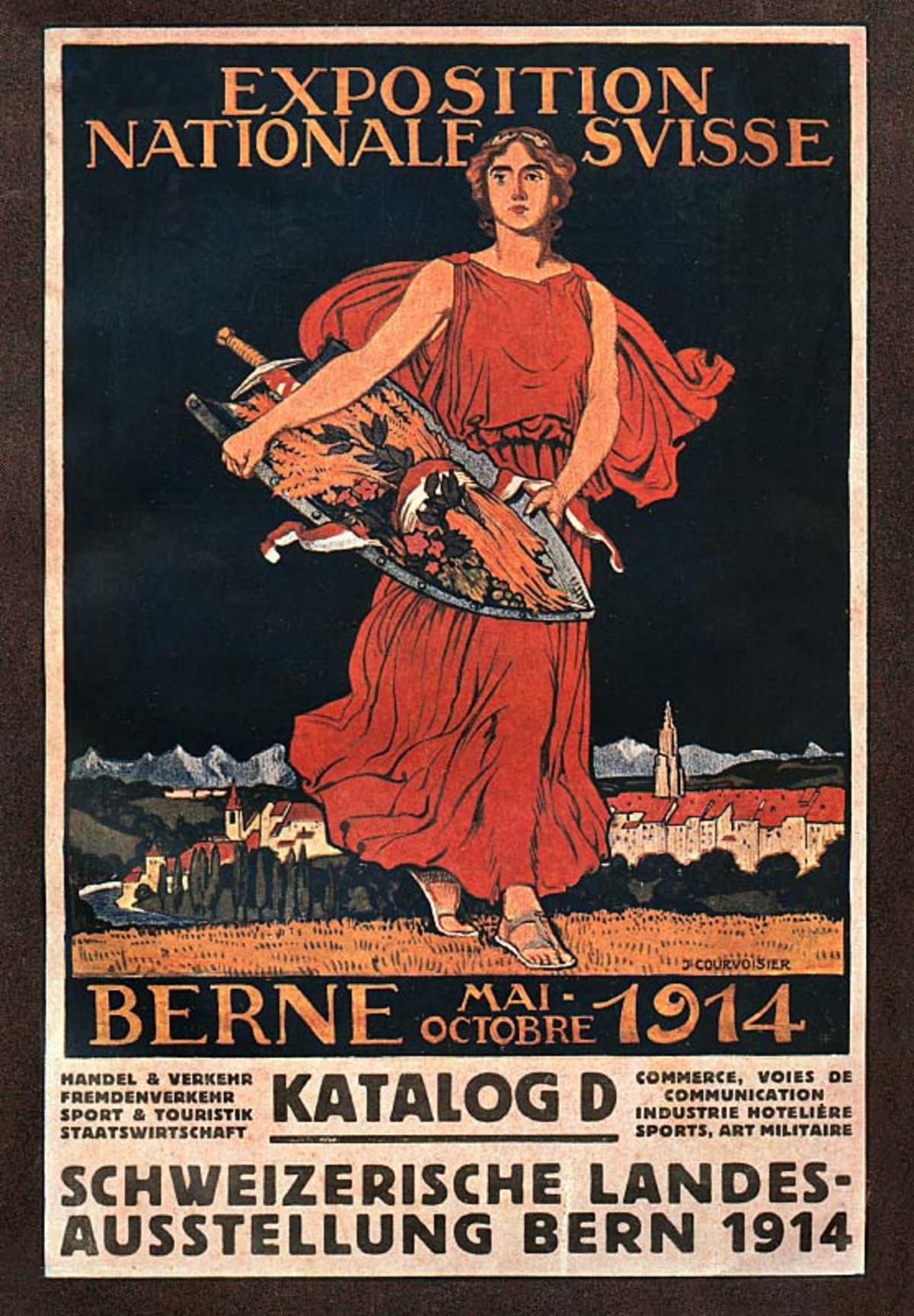
Jules Courvoisier (1884–1936), Bild Akkreditierung Wikimedia Commons.
The 1914 national exhibition bristled with tensions between industry and commerce as well as German- and French-speaking Swiss citizens. The Francophone contingent criticised the exhibition's architectural style, which they found overly Germanic. Despite the tensions, however, three million people came to the expo. 84% of Switzerland's resident population was in attendance and a visit from Belgium's King Albert I spoke to the exhibition's international appeal. Among the main attractions were a replica Bernese mountain village and the Swiss Alpine Club's Damma hut.
The outbreak of World War I cast a shadow over the national exhibition, but its organisers kept the event running. When general mobilisation was announced on August 1st, the idea of closing down the exhibition was discussed briefly but then rejected by the Federal Council, which used the opportunity to encourage the purchase of domestic goods.
1939: The Cable Car as a Connecting Element
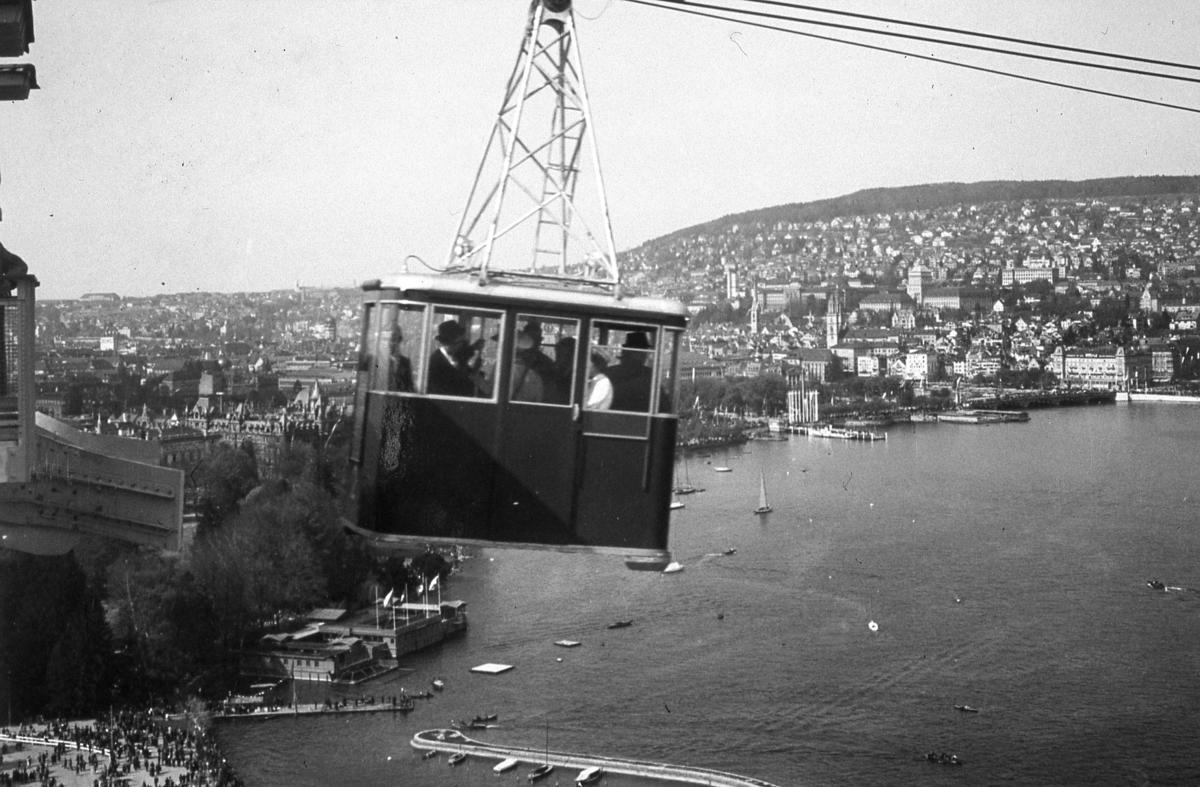
Photo credits: Architectural History Archive, Dating: 1939, License: Creative commons BY SA 4.0
"One showcase, in particular, has come to symbolise Landi 39: the aerial cableway across Lake Zurich connecting the exhibition areas of Landiwiese and Zuerichhorn."
International politics saw Landi 39 eclipsed by similar melancholia as its predecessor. Once again, war broke out during the event and coloured perceptions of the exhibition. Both the government and event's organisers leveraged the political situation as a rallying cry to promote national unity. One showcase, in particular, has come to symbolise Landi 39: the aerial cableway across Lake Zurich connecting the exhibition areas of Landiwiese and Zuerichhorn. More than 700,000 visitors bought tickets for the cable car, which went for CHF 1,50 – roughly the equivalent of a factory worker’s hourly wage in 1939.
1964: Gulliver and the Submarine
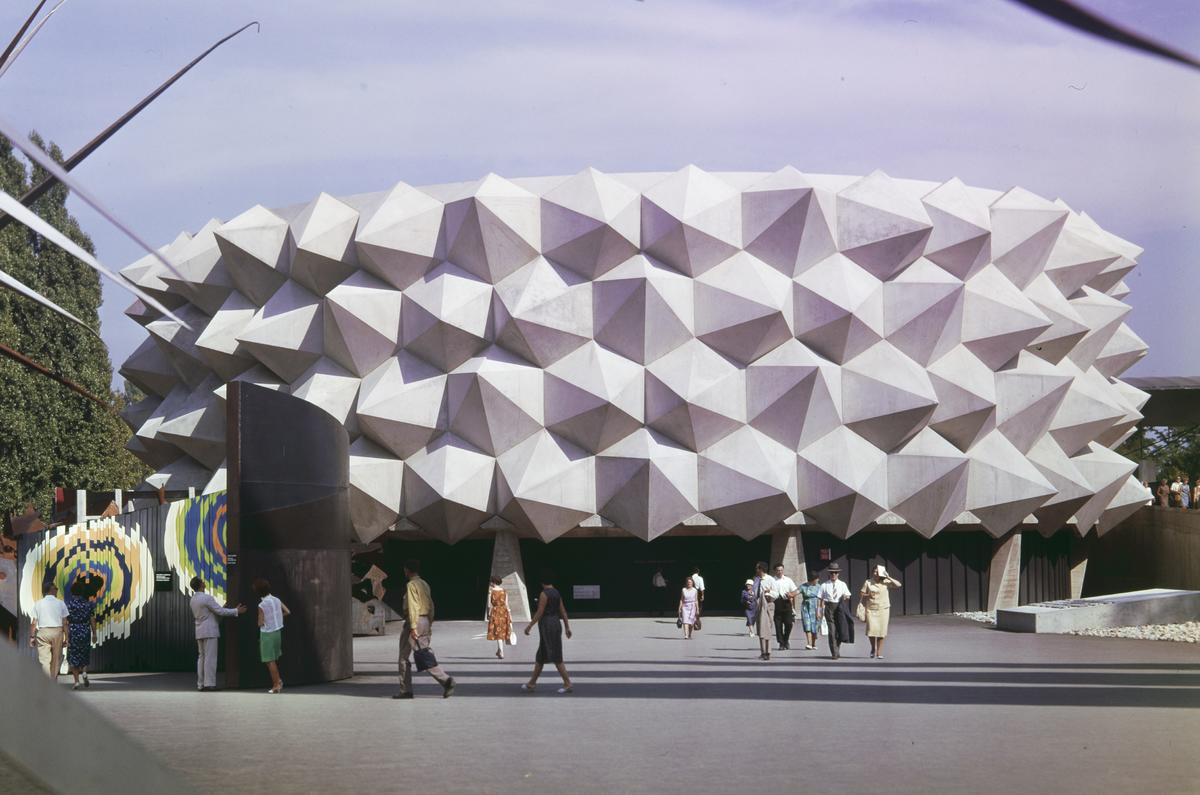
ETH-Bibliothek Zurich, Picture Archive / Photographer: Comet Photo AG (Zürich), Com_BC25-004-016 (CC BY-SA 4.0)
All 3,089 municipality flags were raised on Expo 64's pyramid installation in Lausanne, which, in addition to a monorail, a rotating gazebo platform called Télécanapé and the hedgehog-shaped pavilion of the Swiss Federal Military Department, were the event's star attractions. For the first time, the expo attempted to address social issues. A giant Gulliver figure, for example, asked visitors for their opinions on current affairs. The results of this informal polling system were then displayed via a computer in real time. The Federal Council's censorship of certain topics, namely abortion and the military draft, gave rise to criticism and became known as the “Gulliver scandal”. Jacques Piccard made even larger waves by building a submarine for the event's attendees, the first of its kind for public use. In 1964, CHF 40 bought 25 minutes at a depth of 150 meters in Lake Geneva. Today, the submarine is on display at the Verkehrshaus in Luzern (Swiss Museum of Transport).
"The Federal Council's censorship of certain topics, namely abortion and the military draft, gave rise to criticism and became known as the “Gulliver scandal”."
1991: An Anniversary Without National Exhibition
In 1991, a national exhibition to mark the Swiss Confederation's 700-year anniversary was supposed to take place. Since a centralised exhibition had already been voted down in the canton of Luzern in 1985, a decentralised concept was developed to include other cantons. However, this groundbreaking idea met with only modest enthusiasm. The “Collection of Events” was never realised. On the last Sunday of April 1987, Obwalden, Nidwalden, Schwyz, Zug and Uri denied the necessary loans. Instead, “Heureka”, a national research exhibition, was held in Zurich.
2002: Into the New Millennium
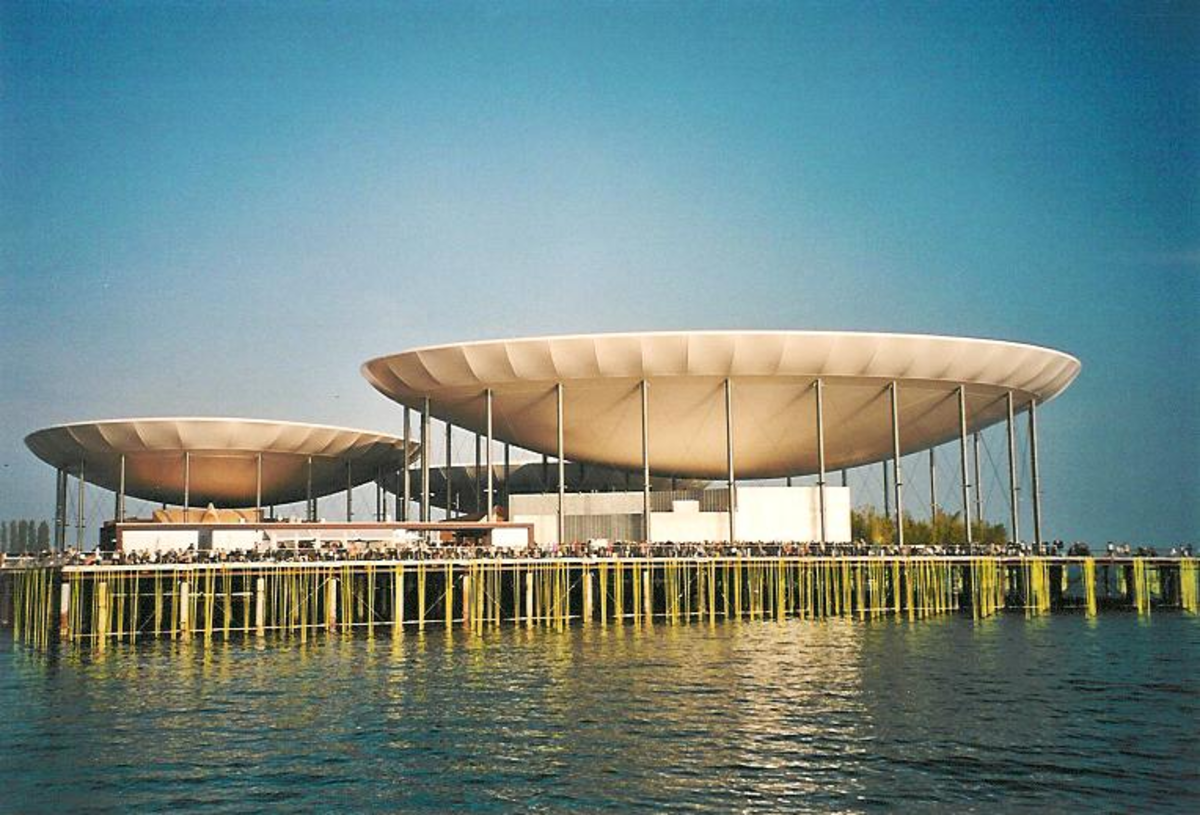
Licence: GFDL von wikipedia.fr
The last national exhibition saw Biel, Jura, Murten, Yverdon and Neuenburg come together as joint hosts after a period of stagnation, which saw many proposed expos fail. The first decentralised event of its kind saw monumental installations in Lakes Neuchâtel and Murten attracting visitors to the border between German-speaking and French-speaking Switzerland. Expo 02's heart, however, was the arteplage around Lake Biel, the setting of numerous exhibitions. Even though the event met with criticism – environmentalists were concerned for natural sanctuaries, and the cost far exceeded the approved budget – Expo 02 was an unprecedented success, surpassing expectations with more than ten million visitors.
"Even though the event met with criticism – environmentalists were concerned for natural sanctuaries, and the cost far exceeded the approved budget – Expo 02 was an unprecedented success, surpassing expectations with more than ten million visitors."
2016: A Shattered Dream
In 2016, eastern Switzerland gave up on hosting a national exhibition: voters in Thurgau and St. Gallen rejected the proposed loans of 3 and 5 million Swiss Francs respectively needed to realise Expo 2027.
...2028: Decentralised, Participative and Evolutionary
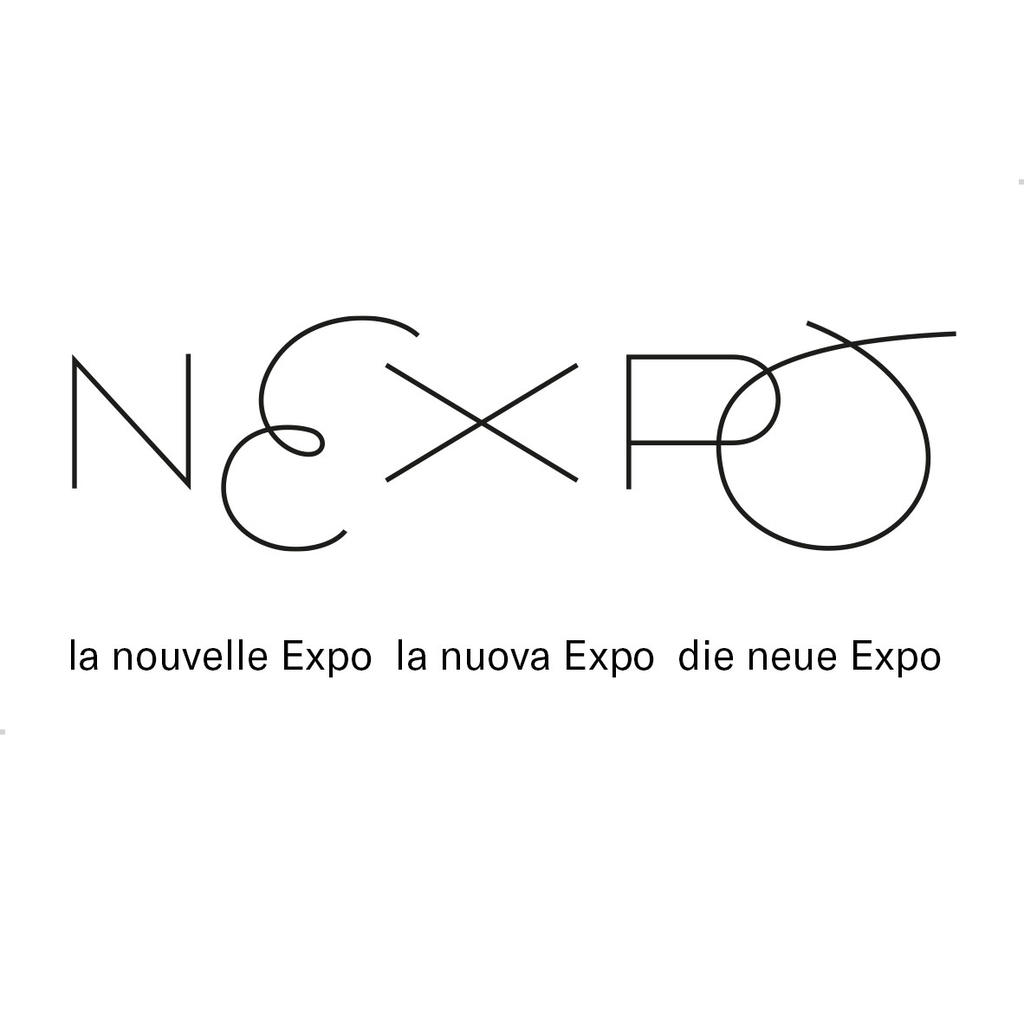
What's next? How will NEXPO, the innovative concept for a future national exhibition be received? Will the event's history of success be continued? In this interview, NEXPO's curating team Juri Steiner and Anne-Outram Mott share their thoughts with us.
Additional Content
NEXPO gets a new member
Glarus, the smallest cantonal capital in Switzerland, is now also a member of “NEXPO - the new Expo”.
Read article...Switzerland and its Limits
In Geneva, a roundtable by Samia Henni, a walk by Aline Mona Zuber and a newly produced film by Ayo Akingbade explore involvements in colonial pasts and postcolonial presents.
Read article...